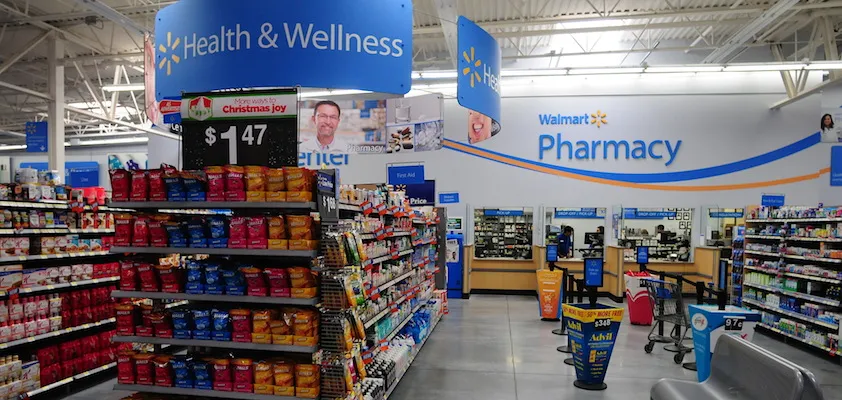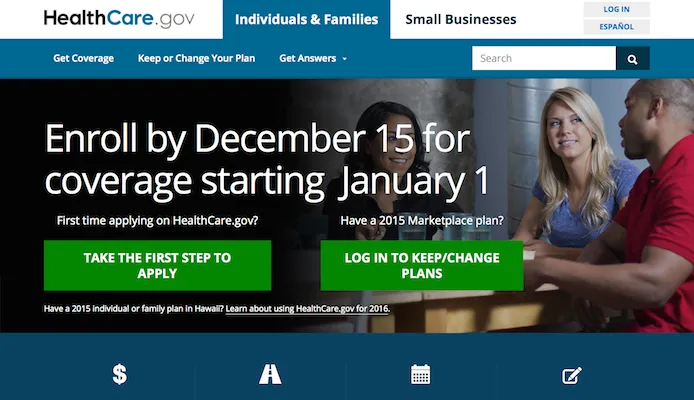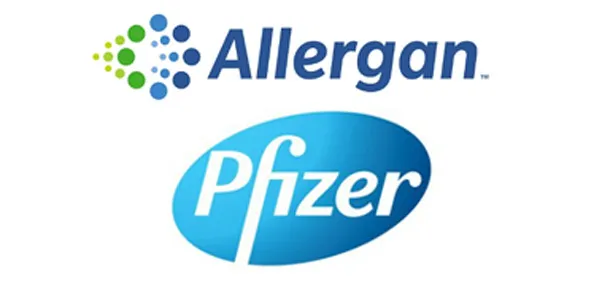WASHINGTON — Some 13% of people who enrolled in health insurance plans this year under the Affordable Care Act have lost coverage, many because they failed to pay their share of premiums, the Obama administration reported.
The number of people on the rolls as of March 31 stood at 10.2 million, down from the 11.7 million the White House said earlier had signed up for insurance or had been automatically reenrolled through federal and state marketplaces.
The revised total still meets the administration’s projection to have up to 9.9 million enrollees this year.
The ACA’s future, however, remained clouded by the challenge to the law before the Supreme Court. The decision in King v. Burwell — expected this month — will determine whether the government can provide subsidies to residents of states that didn’t set up their own exchanges and who purchased insurance from the federal marketplace. Approximately 6.4 million people in the 34 states using the federal exchange, HealthCare.gov, receive subsidies and could lose them if the court rules in favor of the plaintiffs.
The administration listed 11 states where more than 90% of people insured through HealthCare.gov were receiving subsidies. Mississippi had the highest share, at 94.5%, followed by Florida, North Carolina, Wyoming, Louisiana, Arkansas, Georgia, Alabama, Wisconsin, Alaska and South Carolina.
Florida would be most affected in terms of the number of people losing subsidies (1.3 million), and the total monthly value of those subsidies ($389 million), according to an analysis by the Kaiser Family Foundation. Texas ranks second in both categories (832,000 residents losing a total of $206 million per month). When looking at the impact per person, subsidized enrollees in Mississippi fare the worst, with the average enrollee facing an average premium increase of 650%, the analysis found.
Nationwide, the administration said, the federal government is paying subsidies to 8.7 million people, including 2.3 million in states that have their own exchanges. The average subsidy — awarded as a tax credit — was $272 a month.
“The health insurance marketplaces are working,” said Department of Health and Human Services (HHS) Secretary Sylvia Burwell. “Thanks to the Affordable Care Act, millions of Americans now rely on the health and financial security that comes from affordable coverage through the marketplaces. We’ve seen a historic reduction in the uninsured, and consumers are finding the coverage they need at a price they can afford.”
The Congressional Budget Office had forecast last year that the exchanges would enroll 13 million people for 2015. HHS announced the projection of 9.1 million to 9.9 million in November, based on early trends.
Some health care experts said the growth in sign-ups is less than ideal but has hit a reliable pace.
Another concern is steep premium increases in ACA plans. Companies are seeking vastly different increases in rates for next year, with some as high as 85%. Blue Cross and Blue Shield of Illinois asked for an average hike of 29% or more, and Highmark Health Insurance Co. sought a 30% increase in Pennsylvania.
The administration cannot mandate rate reductions, but regulators in some states have the authority to overrule hikes.
“The rate review process kicks off an important set of steps designed to provide consumers and others the opportunity to weigh in on proposed rate increases of 10% or more,” said Andy Slavitt, acting administrator of the Centers for Medicare and Medicaid Services.








